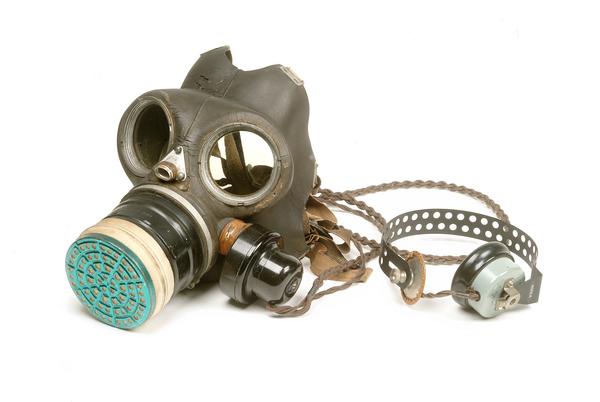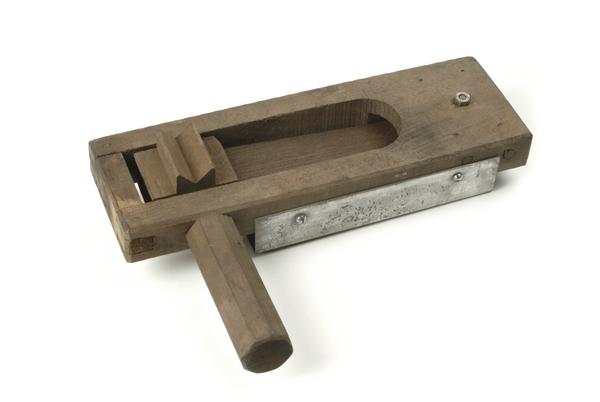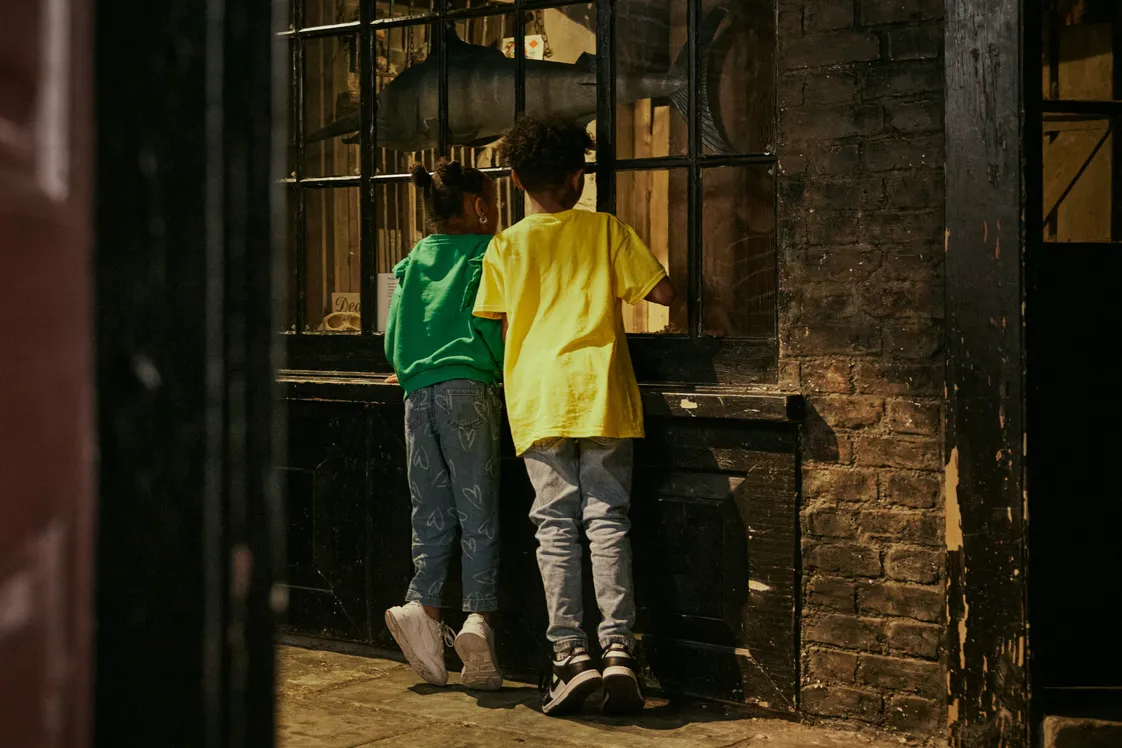Docklands at War: 1939–1945
How the docks survived and helped the Second World War effort, from Dunkirk to D-Day.
On 7 September 1940, ’Black Saturday', Germany bombed riverside works and docks in London. Buildings were destroyed and fire and smoke covered the Thames. The Blitz had begun.
The docks were bombed for 13 weeks in a row, destroying most of the area. In spite of this, the docks still played a vital part in Britain’s war effort.
Rigs, sailing barges and launches helped troops evacuate Dunkirk. Dockyards and riverside factories also helped out, with Tate & Lyle making aircraft parts as well as the usual sugar and syrup.
Cable works produced the ‘pipeline under the ocean’, which supplied fuel for the advance across France in 1944. Over 23,000 vessels in total were converted, maintained and repaired in and around the docks.
Even with victory in sight, rocket attacks in 1944 and 1945 brought more destruction to the area.
Docklands at War is open 10am – 5pm every day at London Museum Docklands.
Please note that we'll start closing up the galleries at around 4.40pm.
There's lots to see, so we recommend you spend at least 15 minutes in the Docklands at War gallery.
It's the eighth gallery on our recommended route and you'll find it on the Second Floor.














